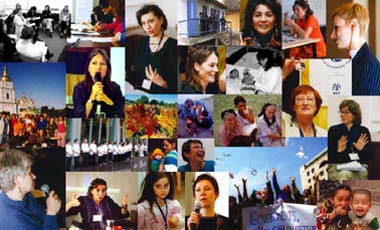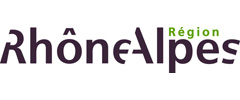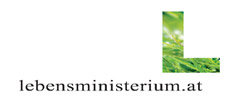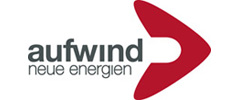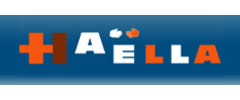WECF Briefings - 2006
Briefings on the new EU organic agriculture rules by the EU, rural development, biodiversity, Life plus and the leader approach.
23.03.2006 |Isabel Ripa Julia
The new EU Organic Agriculture rules
Simpler and more transparent, but weaker?
The European Commission is elaborating new rules for organic agriculture and a proposal was adopted the 21st December 2005. The Commission states that the new rules, elaborated after discussions with various interested parties, will make the sector simpler to understand, but not at the expense of regional differences in climate and conditions.
Download the WECF Briefing - New EU Organic Agriculture rules
Rural Development policy in the enlarged EU
Rural areas and the CAPRural areas cover 90 % of the European Union territory and are home to approximately 50 % of its population.
Agriculture and forestry are the main land users and play a key role in the management of natural resources in rural areas and in determining the rural landscape.
The guiding principles for the contribution of the Common Agricultural Policy (CAP) to the Lisbon Strategy were set by the European Council in Göteborg in 2001 and confirmed in the Lisbon Strategy Conclusions in Thessaloniki in June 2003: "Strong economic performance must go hand in hand with the sustainable use of natural resources". These principles have shaped recent CAP reforms.
Download the WECF Briefing - Rural Development policy in the enlarged EU
The Leader approach
Leader +Leader is a French acronym, standing for ‘Liaison Entre Actions de Développement de l'Économie Rurale’, meaning ‘Links between the rural economy and development actions’. Leader+ is one of four initiatives financed by EU structural funds and is designed to help rural actors consider the long-term potential of their local region.
Download the WECF Briefing - The Leader approach
The Countdown 2010 Initiative: Save Biodiversity
Policy context
Reducing the rate of, or even halting, biodiversity loss by 2010 is an explicit target of respectively the Convention on Biological Diversity and both the Kyiv Resolution on Biodiversity and the 6th Environment Action Programme of the EU.
Under the EU Sustainable Development Strategy, halting the loss of biodiversity in the EU is a priority. At the European Council Meeting in Gothenburg in June 2001, European Heads of State and Government made a commitment to reverse the decline of biodiversity in the EU by 2010.
Download the WECF Briefing - The Countdown 2010 Initiative: Save Biodiversity
Life+
BackgroundOn this funding period, till the end of 2006, the European Commission LIFE III programme helps to implement and develop EU environmental policy and legislation by co-financing projects. Launched in 1992, LIFE co-finances environmental initiatives in the European Union and certain third countries bordering on the Mediterranean and the Baltic Sea and in Central and East European accession candidate countries that have decided to participate in LIFE.
Download the WECF Briefing - Life+
Natura 2000 network: a tool to protect biodiversity in the EU
Nature and biodiversity are included as a top priority on the Sixth Environmental Action Plan (EAP), ‘Environment 2010: Our Future, Our Choice’, which sets out the EU's environmental policy agenda until 2012.
The EU Sustainable Development Strategy establishes as a priority halting the loss of biodiversity in the EU by 2010.
At the international level: during the 2002 World Summit on Sustainable Development in Johannesburg, world leaders committed themselves to significantly reducing global biodiversity loss by 2010.
Download the full WECF Briefing
The future of the Natura 2000 network - January 2006






